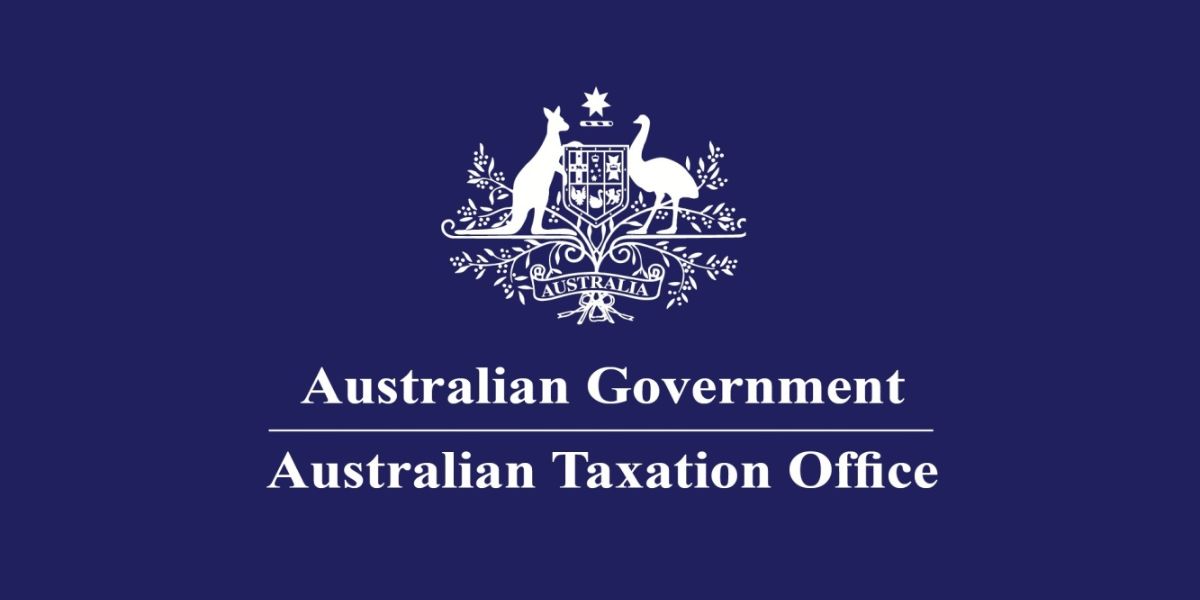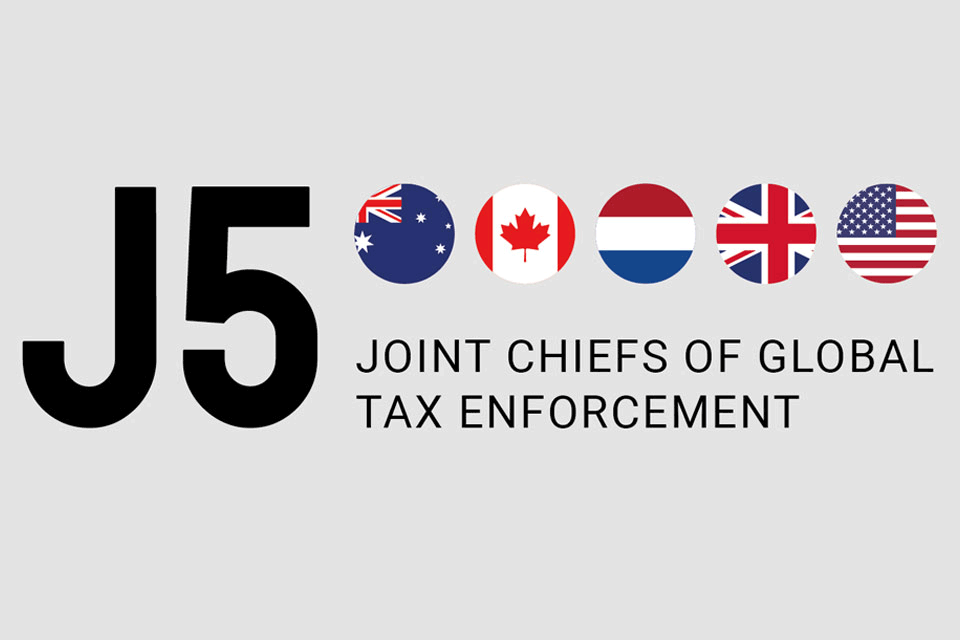On 9 May 2017, the Treasurer of Australia handed down Budget 2017-18. The Government is focused on boosting the economy and helping households, to ensure all Australians can benefit from the nation’s growth story. This Budget is based on the principles of fairness, security and opportunity. It builds on the strength of the 2016-17 Budget and seeks to create more opportunities for Australians and businesses, to guarantee essential services and create more and better paying jobs.
Corporate taxation
- The Government recognizes the importance of investing in affordable housing to meet the housing needs of Australians now and into the future. This is why the Government is introducing tax incentives to boost investment in affordable housing. From 1 January 2018, the Government will provide an additional 10 per cent capital gains tax (CGT) discount to resident individuals investing in qualifying affordable housing. This means investors in qualifying affordable housing will be entitled to a 60 per cent discount on capital gains tax.
- Non-residents investing in eligible affordable housing through a Managed Investment Trust (MIT) will not receive the additional CGT discount. However, they will generally be subject to a 15 per cent final withholding tax rate on capital gains after a qualifying investment period of 10 years.
- The government announced a reduction in the small business tax rate from 28.5 per cent to 27.5 per cent for the 2016–17 income year. The turnover threshold to qualify for the lower rate will start at $10 million (in 2016-17) and progressively rise until the 27.5 per cent rate applies to corporate tax entities with less than $50 million aggregated annual turnover in the 2018-19 income year. From 2017-18, entities eligible for the lower tax rate will be known as base rate entities.
- The corporate tax rate will then be cut to 27 per cent in the 2024–25 income year for corporate tax entities with less than $50 million aggregated annual turnover and by one percentage point in each subsequent year until it reaches 25 per cent for the 2026–27 income year.
Individual taxation
- From 1 July 2018, the capital gains tax (CGT) discount for investments into affordable housing will be increased from 50% to 60%.
- From 1 July 2019, the Medicare Levy will increase by 0.5 percentage points to 2.5 per cent of taxable income
- The taxation of non-resident investors under the capital gains tax (CGT) regime will be strengthened by raising the CGT withholding tax rate for non-residents from 10% to 12.5%.
Other taxes
- A tax of 0.06 per cent will be applied to the liabilities of banks meeting certain size criteria, with the effect that, initially, it will apply from 1 July 2017 to the five largest banks (ANZ, Commonwealth, NAB, Macquarie and Westpac). The tax is expected to raise $6.2 billion over the forward estimates or around $1.5 billion annually. The tax will apply to: ‘corporate bonds, commercial paper, certificates of deposit, and Tier 2 capital instruments’.
Indirect taxation
The 2017–18 Budget increases excise and excise equivalent customs duties (‘excise’) for roll your own (RYO) tobacco and other tobacco products that are taxed on a per kilogram basis.
This increase is in addition to the decision taken in the 2016–17 Budget to increase tobacco excise on all tobacco products, including cigarettes and RYO tobacco, by an additional 12.5 per cent on 1 September of each year from 2017 to 2020. That measure was implemented by the Excise Tariff Amendment (Tobacco) Act 2016. It is also in addition to the biannual indexation of tobacco excise to average weekly ordinary time earnings on 1 March and 1 September each year.
The adjustment in per kilogram rate of excise under this measure will be phased in over four years and match the timing of the 12.5 per cent increases from the 2016–17 Budget. The measure is expected to increase revenue by $360.0 million over the budget forward estimates period (including an increase in GST revenue of $35.0 million which will be paid out to the states and territories). The measure will require legislation.
Budget aggregates and major economic parameters
| Actual | Estimates | Projections | ||||
| 2015-16 | 2016-17 | 2017-18 | 2018-19 | 2019-20 | 2020-21 | |
| Underlying cash balance ($b) | -39.6 | -37.6 | -29.4 | -21.4 | -2.5 | 7.4 |
| Per cent of GDP | -2.4 | -2.1 | -1.6 | -1.1 | -0.1 | 0.4 |
| Net operating balance ($b) | -33.6 | -38.7 | -19.8 | -10.8 | 7.6 | 17.5 |
| Per cent of GDP | -2 | -2.2 | -1.1 | -0.6 | 0.4 | 0.8 |
| Outcomes | Forecasts | Projections | ||||
| 2015-16 | 2016-17 | 2017-18 | 2018-19 | 2019-20 | 2020-21 | |
| Real GDP | 2.6 | 1 3/4 | 2 3/4 | 3 | 3 | 3 |
| Employment | 1.9 | 1 | 1 1/2 | 1 1/2 | 1 1/2 | 1 1/2 |
| Unemployment rate | 5.7 | 5 3/4 | 5 3/4 | 5 1/2 | 5 1/2 | 5 1/4 |
| Consumer price index | 1 | 2 | 2 | 2 1/4 | 2 1/2 | 2 1/2 |
| Wage price index | 2.1 | 2 | 2 1/2 | 3 | 3 1/2 | 3 3/4 |
| Nominal GDP | 2.3 | 6 | 4 | 4 | 4 1/2 | 4 3/4 |














